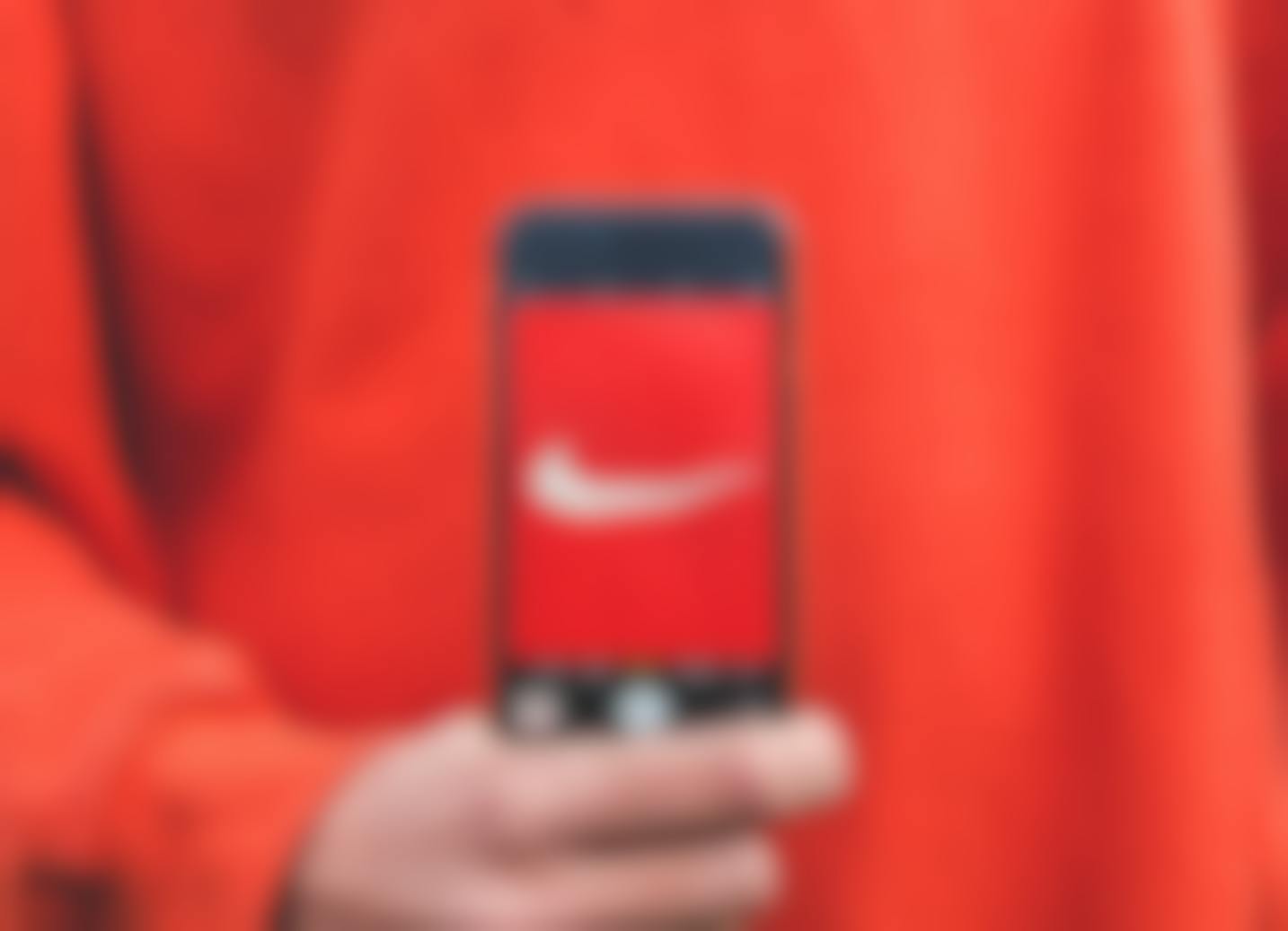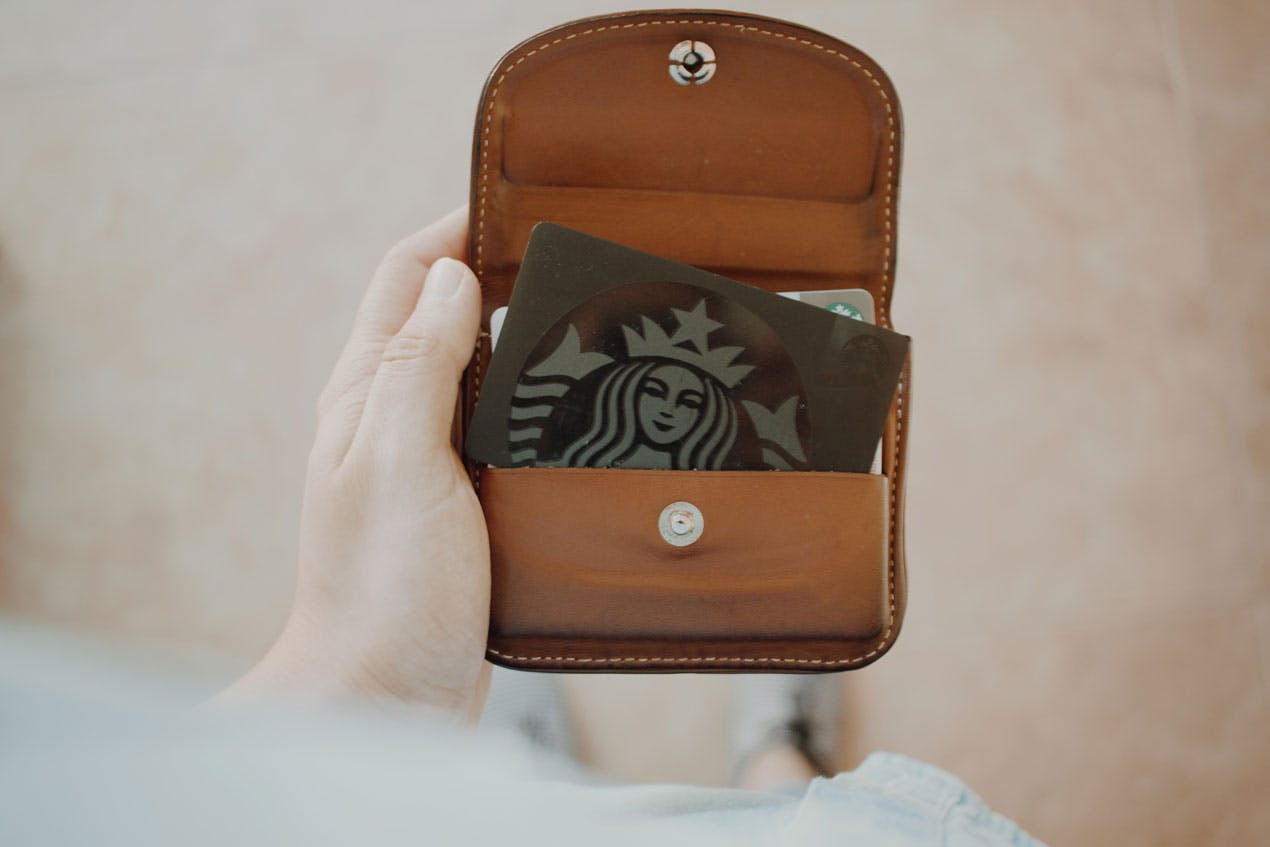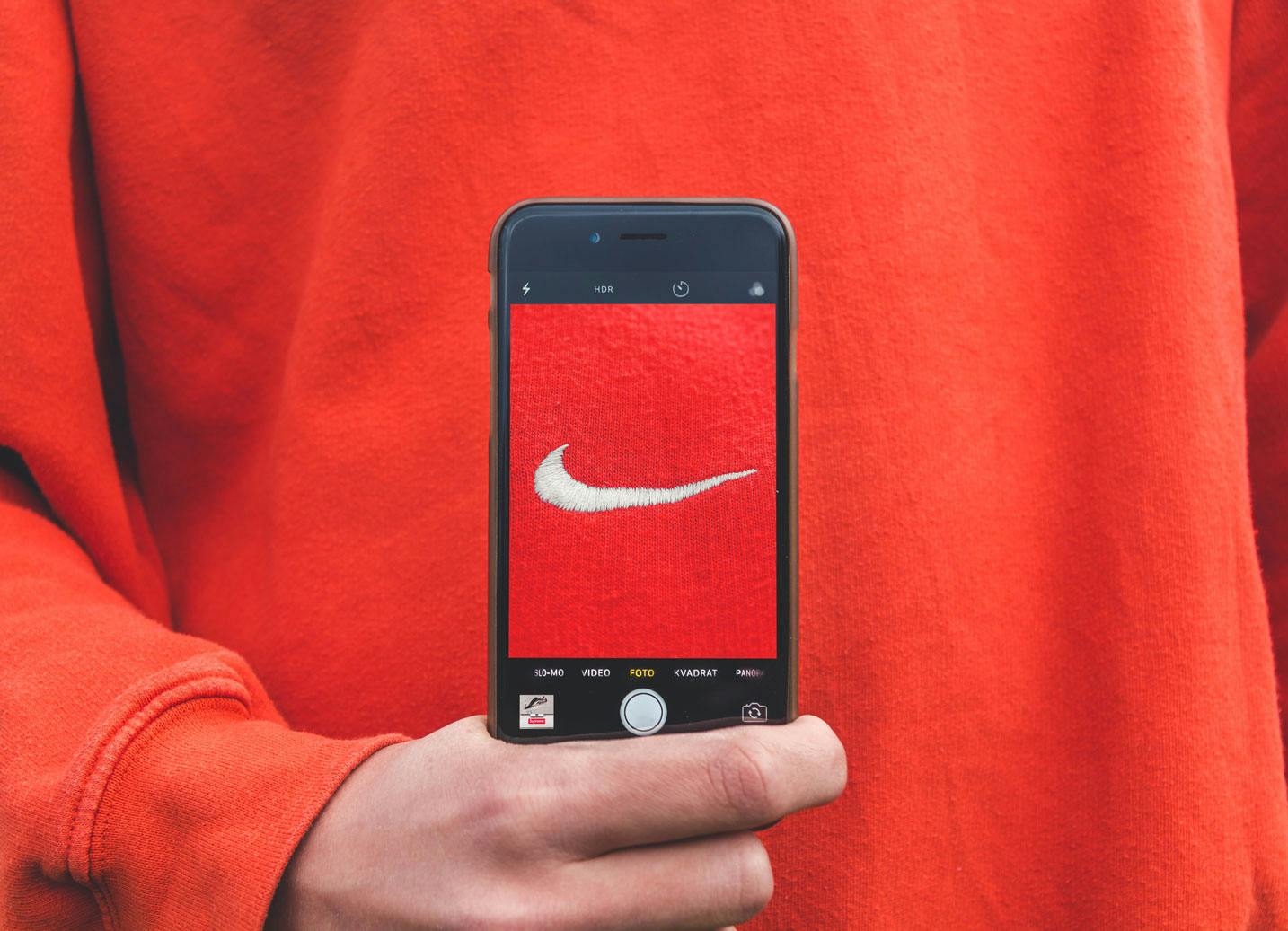
Creating a recognizable brand is about so much more than a catchy tagline or pretty logo. It’s also not your product, your website, or your name. It’s all of this combined and so much more.
Your brand is not simply your logo. It’s also not your product, your website, or your name. It’s much more than all of this. It can feel intangible, hard to pin down. It’s about inner truth, personal business discovery and an emotional connection between you, your customers and your employees. It is your stake claimed in the marketplace. It differentiates you from the rest of the competition and, when done well, it can become an eponymous identity in the world. It’s not easy and if you think; “Dude, I have an awesome idea, we’ll get like an eagle, but really buff, drinking a beer and smoking a stogie and it’ll be your logo,” is good branding, then you’re in some trouble. A good brand has a strong strategy, messaging and identity. Put time and effort into these and your brand can be a lighthouse in a sea of mediocrity. Let’s look at how to do that. Here are a few ideas to mull when you set out to create and market your brand.
As far back as ancient Egypt, folks have been putting irons in the fire and branding their livestock. It makes sense, cows don’t always come when you call them and picking your goat out of a police lineup can be frustrating. A brand has been a form of identification for a long, long time. Now, we can’t hold our customers down and put a hot iron on their skin so they remember us, that’s illegal and painful, but ... there’s a place in the combat zone where you can get that done, they do charge extra. However, the idea of searing the identity on the beast is not completely gone. We do, when our brand is successful, sear our identity on the mind of the public.
Think of your brand as a promise, one that you never ever want to break. It’s between you, your customers and your employees. It’s a promise about who you are, what you value and what they can expect from your products and services. To make such a promise, you have to know all of this. Define yourself clearly and realistically. You can’t be all things to all people if you try to do that, your brand is going to be nonspecific and will fall apart as soon as it lands. This is where truth comes in. You’ve got to dig deep and find that inner truth about yourself that will define your brand and differentiate it in the marketplace. Are you the industry outsider who marches to your own drum? Are you a long-standing epicenter of reliable experience? Maybe you’re high-cost, high quality or you’re low cost, high-value. Who are you? Before you can do the rest, you have got to answer that question truthfully. Know what you’re promising so you know what your brand will deliver.
Strategy for your brand is a long term plan for the development of your success. It incorporates messaging and identity. Here are seven simple & clear points to think about when you embark on creating a brand. These points will help guide you in successful brand strategy, messaging and identity.
Purpose - What is the purpose of your brand? Why do you get up and go to work every day for this brand? This is different from your business promise, your brand's purpose is much more specific. Is your purpose “functional’ i.e, the purpose of my brand is to make money. Is it “intentional”; the purpose is to make money and do good in the world. An example of this is Ikea, they don’t just sell furniture, their purpose is; to create a better everyday life. While making money is a priority for any business, operating under that notion alone really won’t help to set your brand apart from the rest of the masses.
Consistency - All your messaging must be cohesive. Write down the brand message that you want to communicate so that every employee knows and understands. Integrate this in everything; email signatures, all written communication, visual and verbal communication should reflect and be consistent with your brand. Develop a tagline. Write a meaningful and concise statement that captures the essence of the brand. Develop templates and create brand bibles for your marketing material. Use consistent color scheme, placement of logo and feel throughout. Look at Coke, everything they do, produce, or put in front of the public, adheres to their strict style guide. It is always consistent. If you cannot achieve consistency, your attempts to establish a brand will ultimately fail.
Emotion - Find a way to connect in a deeper, more emotional level. Customers are not always rational and they like to feel as if they are part of a larger group. This is called Belongingness, it’s in the middle of Maslow’s hierarchy of needs, right in the middle. Make your customers feel as if they belong to something special and unique by using your products or services. Harley Davidson does this with their HOG brand, the Harley-Davidson Owners Group. Harley owners feel emotionally part of something bigger than themselves, satisfying that psychological need to belong.

Flexibility - Consistency aims to set the standard for your brand. Being consistent, as we have discussed, is an absolute. People will grow to count on and trust your brand when it remains constant. So, now I’m throwing “be flexible” at you. How the hell does that work? Flexibility enables you to make adjustments that build interest in your brand and set it apart from your competition. A good example of this is Old Spice. These guys used to be de rigueur for dads all over the world, which was great until it wasn't. Being flexible, for example, their very funny TV ad campaign has now made them one of the most popular brands for men of all ages. They understood that if old tactics aren’t working, change them up. What worked in the past doesn’t mean it’s going to work now. Don’t allow your brand to stagnate. A good rule of thumb here: don’t rely on what you think the customer thinks, actually know.
Employee Involvement - All employees must be well versed on how they should be communicating the brand. This involves all written communication, how they answer the phones at work, to the way they present themselves at meetings with clients. Any employee should be able to speak to the brand message. They should be understanding of the truth behind the brand and should, on some level, believe and agree with that truth. Because of social media, your employees are more crucial than ever for getting your brand out and recognized. You’re not looking to create an army of mindless zealots of course but, employing people who understand and can get behind your brand certainly goes a long way to the promotion of your brand. Zappos is a great example of this with their coworker bonus program, grant-a-wish program, shadow sessions, and apprenticeships, Zappos builds strong employee relationships and keeps them engaged. This translates into good brand marketing from the inside out.
Loyalty - If you have people that love you, your company, your brand, don’t just sit there and pat yourself on the back for it, do something. Never take loyalty for granted. There are some simple things you can do to keep loyal customers happy; write a personal letter to your longtime clients, remember special occasions like birthdays or send unique holiday cards. Go where they hang out, but probably draw a line before you show up to their birthday party uninvited. If they’re on Facebook or Pinterest, jump on those sites and engage them. Research, learn the needs, habits, and desires of current and prospective customers. Have integrity, keep your word, be honest and provide a consistent level of service. If you do something wrong, make it right. Handling a customer complaint in a professional manner goes a long way to keeping your loyal customers right where they are. If you make loyal customers feel special, new customers will see this and want to be treated special as well, this goes back to the concept of belongingness.

Competitive Awareness - Competition is good, always. It keeps you on your toes, keeps you sharp and it should improve your strategy and create greater value in your brand. Don’t hide from your competitors, watch what they do. See how they are making themselves known on social media. Go where they hang out and keep an eye on them. Having a comprehensive understanding of your competition and how they sell against you is critical. You need to be able to communicate your uniqueness and your value when a prospective customer or client asks you why, based on what's out there, should I go with you? Now, be careful not to go the other way, don’t allow your competition to govern and dictate your every move, this is a sure-fire way to lose your differentiation quickly. Being competitive keeps you sharp, keeps your brand relevant.
Once you’ve defined yourself, answered the who are you, discovered your purpose and given serious thought to the other seven points, now it’s time to think logo. Since the logo incorporates all the thinking and planning that goes into your brand, you need to think and plan, define and specify before you wander into logoland. The logo is going to be your foundation. It will be on the billboard, the T-shirt, on the memos, notes, emails, all generated from your company. A logo is a well designed, succinct visualization of that promise you will make to your customers and employees. Simple, memorable, versatile and enduring are all good words to keep in mind when designing your logo. It’s going to be the immediate calling card for your brand so time, effort and skill should be put into it. There’s a great article posted on CREATIVE BLOQ called 65 Expert Logo Design Tips, that is well worth the read on this subject. Once you've got the logo, include it in and on everything. Get it seen, sear it on the public’s mind and stay true to it, keep the promise you make.
Your brand is so much about who you are. Who are you sounds like a simple question but, it’s not. However, it is one that you need to answer thoroughly if you embark on creating a brand. It's not about what you eat, which shows you watch, what kind of hobbies you participate in, it’s about you. Your inner workings. Your guts. When you hate someone’s guts, you don’t hate their digestive track, you hate the essence of who they are. It takes a stomach to digest a cheeseburger, it takes guts to be able to know yourself well enough to create a successful brand. Creating a brand then, should not be taken lightly. When it’s time to create your brand, get help. Don’t make the mistake of doing it alone, getting an inexperienced company or one that doesn’t know how to guide you through the process. A good branding company asks the right questions, listens to who and what you are and creates something that will hopefully last 10, 20, 50+ years. Create something that is instantly recognizable and seared in the minds of the world … as opposed to just on the rump of your goat.

